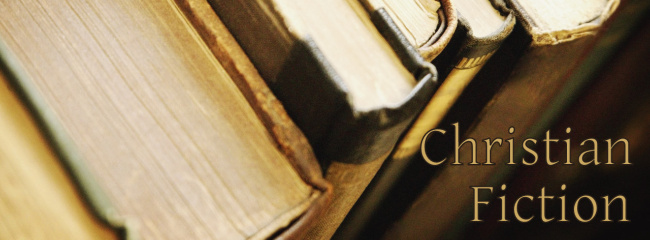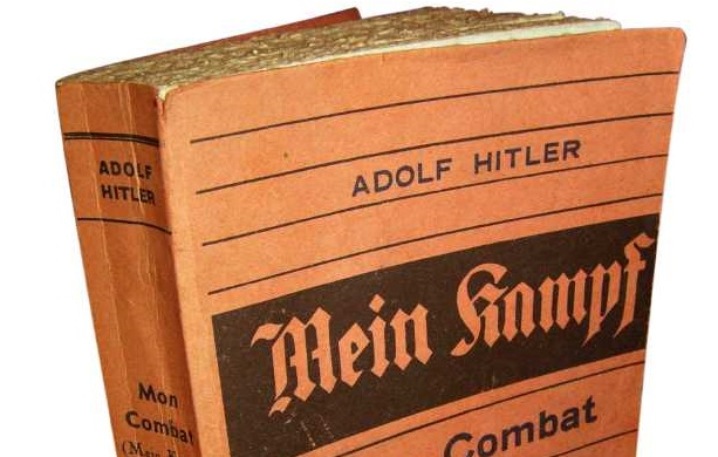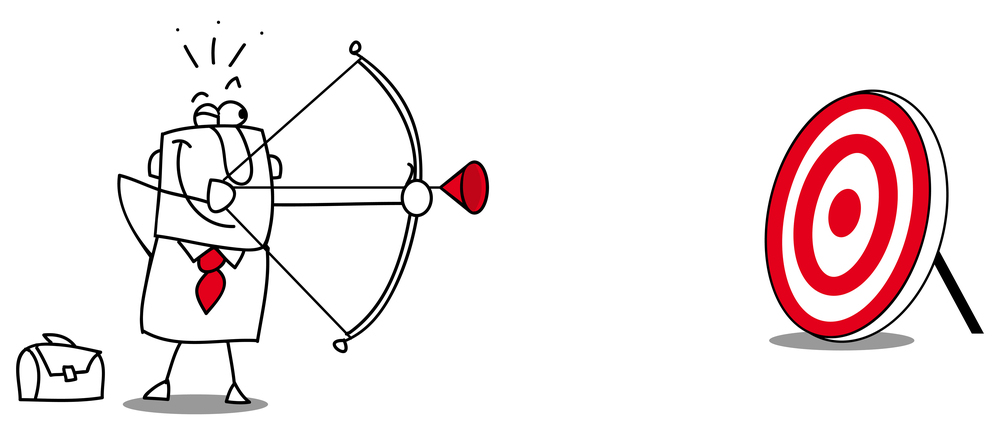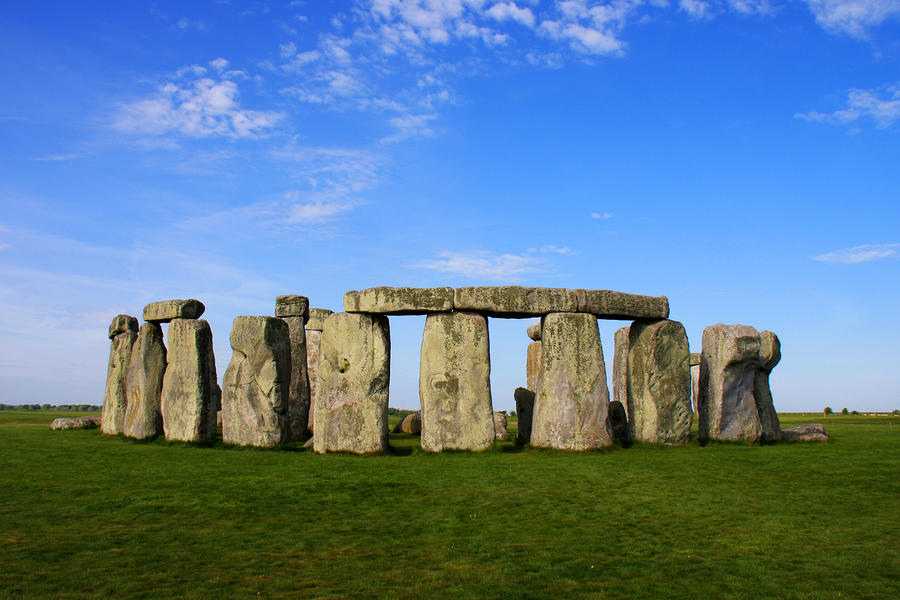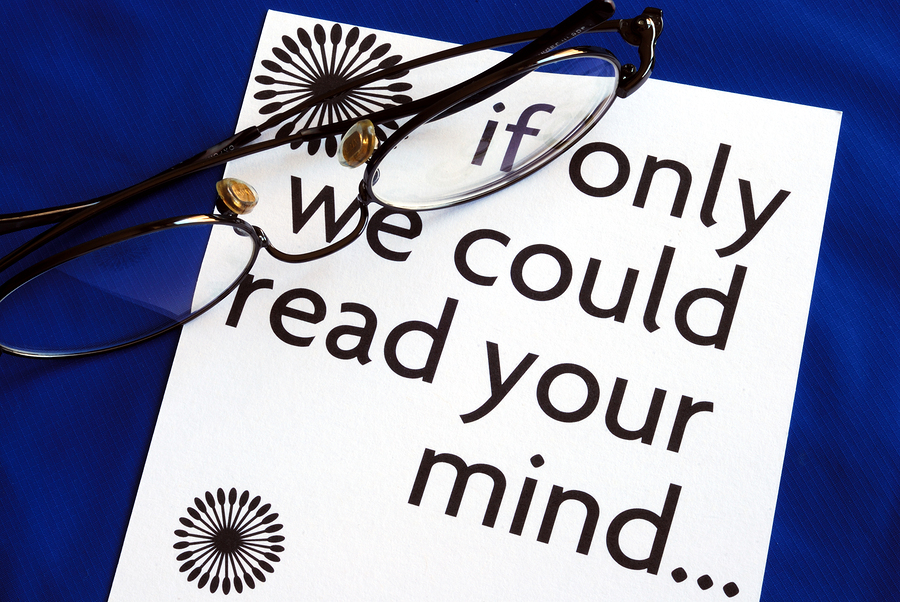Some Christian authors desire to one day write books for general market publishers rather than for those who focus only on Christian-themed books.
The thought, which is well-intentioned, is publishers focusing on the broader market will reach unbelieving readers, piquing their interest in spiritual things, leading to further investigation and so on. But the strategy is flawed.
Publishers don’t have audiences. Books and authors do.
But don’t large general market publishers sell books in places Christian publishers don’t?
No.
What channels of sales does a general market publisher have that a major Christian publisher doesn’t?
There are none.
In fact, Christian publishers have more channels of distribution than general market publishers. Christian publishers sell their books to all the primary distribution points of general market publishers, but also add Christian bookstores, Christian-focused online channels and also ministries and other faith-specific sellers.
Therefore, the opinion that general market publishers get books into places Christian publishers cannot is simply not the case.
In fact, the majority of sales of Christian books are from Christian publishers associated with four major general market publishers, HarperCollins, Penguin Random House, Simon & Schuster, and Hachette.
Maybe the “crossover” book was a good approach in a less media-saturated culture of the 1950’s and 60’s or when Christian publishers had little distribution beyond Christian bookstores, but it is not a valid strategy for the 21st Century.
It is simply unnecessary.
Publishers don’t have audiences. Books and authors do.
Now, let’s shift from sales to the actual book content.
Why are books different than every other form of witness?
Churches grow when they are strong on the issue of Jesus, the Gospel and the Bible. Evangelists are successful when they are clear and on-point. Christians in leadership who desire to witness for Christ leave no doubt where they stand.
Of the books published in the last 30 years, those having reached the most number of unbelieving people with a Christian message have been strong and direct.
General market publishers are not interested in “Christian-lite” books, but rather, steer a wide course avoiding the issue of Jesus, the Gospel and the Bible.
When attempting to pitch a book that isn’t blatantly Christian, I’ve received nice notes from editors declining because it is a little too “spiritual” for their taste, but if I had something from a “new atheism” perspective, they would be interested.
With very few exceptions, unless the author is a major celebrity or public figure, the dividing line between content from the focused Christian publishing world and the broader general market is wide, separated by a deep canyon.
To illustrate this “grand canyon” between the Christian and broader markets, let’s look at a major source of publishing information used by publishing professionals (Publishers Marketplace). In 2015, here is a sampling of the religion/spirituality titles sold to general trade “secular” publishers.
NOTE: In researching the following list, all the books with Christian-based content were sold to Protestant or Catholic publishers or imprints. I didn’t leave out any titles simply to make a point.
- “A practical, life-changing guide presenting the emerging science of spirituality and how it can help readers live more fulfilling lives.”
- A biography of the yogi who launched modern yoga.
- Buddhist wisdom and guidance concerning romance, friendship and family from the Shambala Buddhist tradition.
- A book in which the author digs into poetry, philosophy, science, and art to bring fresh answers to old and new questions about awe, transcendence and how to build rich, thoughtful lives.
- A book teaching readers how to connect with their departed loved ones, providing inspiration and comfort to the bereaved, and “how to develop their own spiritual gifts and use them as a potential receptor of spiritual messages.”
- The spiritual lessons of dogs and their many manifestations in ancient and contemporary Buddhism. How dogs have “informed, challenged and even created the practice” of Buddhism. Written by top Buddhist teachers and luminaries.
- A Chakra coloring book.
- A handbook written by a university professor on the possibility that “stoicism” (ancient Greek lifestyle) may be “our best path forward for cultivating our character and living the good life.”
- A leading Buddhist teacher showing how the mind works, showing a three-step method to dealing with your emotions.
- A book intended to bring miracles and “mindfulness” into business.
- A definitive, practical and contemporary guide teaching how to use “energy healing” concepts.
- A “travel guide” to the afterlife.
- A study of which parts of the Bible are accurate and which are not, according to “mainstream scholarly opinion.”
- Being in touch with spiritual “assists” and how to be in touch with those voices looking out for our best interests.
- A major book on how the Evangelical Christian church has “traumatized young women” with abstinence-before-marriage programs.
- A guide to exercising the body, mind and soul in order to achieve greater “self-knowledge and spiritual wisdom.”
- A seven-step process to developing your intuition and to “harness the power of this inner voice to navigate life more skillfully.”
- A book about the healing power of sex, love and faith, urging Christians to rethink their sexual lives, even if it conflicts with “traditional church teachings.”
- An illustrated guide to the Tarot and the creative life.
- An accessible guide to the “koan practice of Zen Buddhism.”
- A USA travel guide for all places of “spirits, spells and sacred sites.”
- A memoir about the author’s near-death experience, how he came to know that God knows him, that “faith is unnecessary” and how he regrets deciding to come back to life.
You want your writing to reach a wide audience with a Christian message? Write boldly. Writers of the Bible weren’t particularly concerned with critics. Neither should you.
Besides, writing not to offend is hardly a good strategy.



